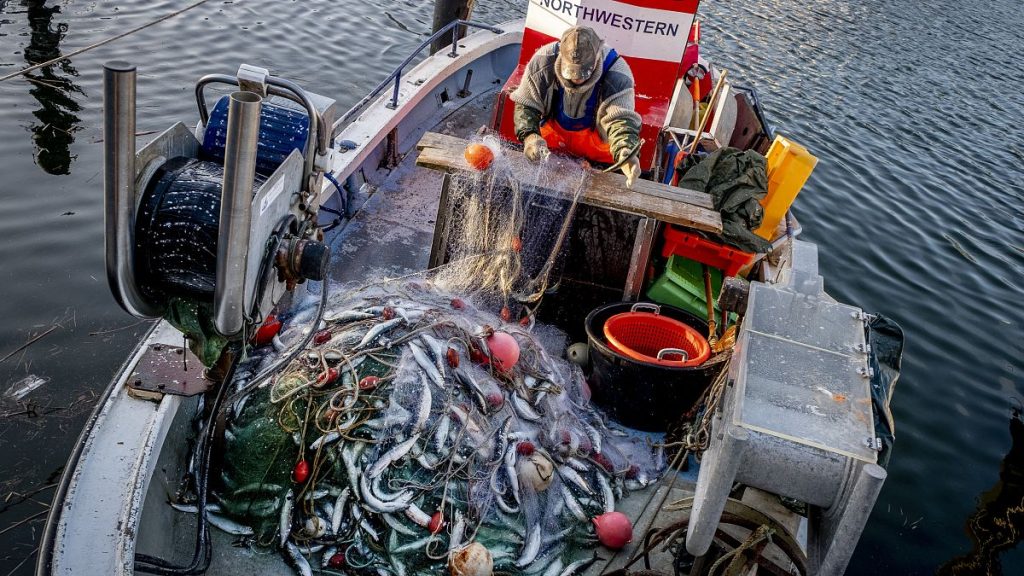EU fisheries ministers recently agreed on maintaining low fishing quotas for most fish stocks in the Baltic Sea in an effort to protect fragile fish populations and ensure the future viability of the fishing sector. The agreement, which set cautious 2025 total allowable catches for commercially significant fish stocks such as herring, cod, plaice, sprat, and salmon, was reached after lengthy negotiations. Concerns were raised over the presence of Russian vessels in the region, with fears that they may exploit the reduced opportunities for EU fishers. Some member states expressed worry that increased Russian fishing activity could offset the environmental benefits of reduced EU quotas.
The new quotas were designed to address environmental challenges facing the Baltic Sea, with specific measures put in place to protect certain species. Cod may only be kept if caught unintentionally to help the species recover, while quotas for sprat and salmon were reduced in the main Baltic basin. The Gulf of Finland’s levels remained unchanged. However, the fishing limit set for sprat was criticized as being too high by WWF fisheries expert Justyna Zajchowska, who emphasized the role of sprat as a key prey species for endangered predatory species like cod. Restrictions on plaice catch limits were maintained despite the overall healthy status of the stock due to concerns about unintentional catches of endangered cod during plaice fishing.
The decision to increase fishing opportunities for herring in certain regions also drew criticism from environmental groups, who argued that more precautionary fishing limits and additional measures are needed to restore herring populations. The Baltic Sea has been suffering from “ecosystem failure” due to poor enforcement of EU environmental regulations, leading to excessive nitrate levels and eutrophication. The Commission has warned that even a complete halt to fishing in the Baltic would not reverse the damage unless the underlying cause of nitrate pollution is addressed. Remi Cossetti, a fisheries policy officer at Seas At Risk, criticized the fishing quota decision for overlooking the essential needs of the Baltic Sea ecosystem, and warned that it could exacerbate ecosystem decline and threaten the livelihoods of fishers and coastal communities.
The presence of Russian vessels in the Baltic Sea was a point of concern raised during the negotiations, with worries that the reduced fishing opportunities for EU fishers could create an opening for increased Russian fishing activity. Some member states expressed concerns that this could offset the environmental benefits of the reduced EU quotas. The European Commission official reminded countries’ representatives that there was no consensus among member states on addressing the issue of Russian overfishing earlier in the year. The possibilities of implementing sanctions or higher tariffs on Russian fishery products were discussed as potential measures to address this issue, depending on the political will of member states.
The agreement aimed to strike a balance between helping fish stocks recover, protecting marine ecosystems, and ensuring the future viability of the fishing sector. Hungarian agriculture minister István Nagy presented a compromise text that broke a stalemate during the negotiations. The cautious approach to quotas was taken to preserve fragile fish stocks in the highly polluted Baltic Sea, which is considered Europe’s most polluted water body. The need to ensure the long-term sustainability of fish stocks and the continued viability of the fishing sector was emphasized, following a ruling by the EU’s top court in January. The new quotas were tailored to address environmental challenges in the Baltic, with specific measures put in place to protect vulnerable species and promote ecosystem balance.


